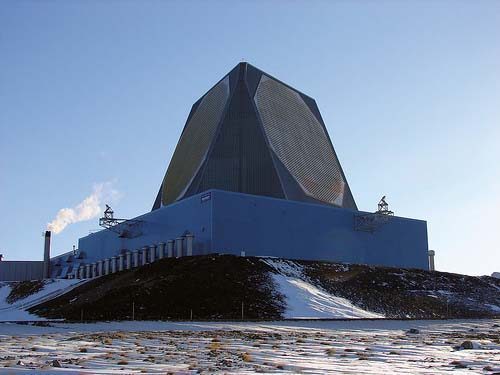
The US Congress has been notified of a request from Qatar to purchase an Early Warning Radar system at a cost of $1.1 billion, according to the United States Defense Security Cooperation Agency (opens a PDF).
Although the sale has not been finalized, the package would include an A/N FPS-132 Block 5 Early Warning Radar built by US arms maker Raytheon, as well as additional parts and equipment, training and technical support.
The specified radar system “detects sea-launched or intercontinental ballistic missiles” at a range of up to 3,000 miles (4,828 km) and is capable of tracking them in real time, according to documentation from the US Missile Defense Agency (opens a PDF).
In its notification to Congress, the DSCA said that the sale would “contribute to the foreign policy and national security of the United States.” The statement reads:
This proposed sale will help strengthen U.S. efforts to promote regional stability by enhancing regional defense to a key U.S. ally. The acquisition of this air defense system would provide a permanent defensive capability to the Qatar Peninsula as well as protection of the economic infrastructure and well-being of Qatar.
The proposed sale will help strengthen Qatar’s capability to counter current and future threats in the region and reduce dependence on U.S. forces. Qatar will have no difficulty absorbing this radar system into its armed forces.
No specific threat is mentioned, although the finger is routinely pointed at Iran. Qatar has reportedly spent billions of dollars in recent years to upgrade its military hardware, including helicopters, tanks, artillery and missile interceptors.
Financial services website The Motley Fool, meanwhile, points out that the two significant US bases here might well benefit from this latest sale just as much as Qatar does.
A year ago, the Wall Street Journal reported that the US was also installing a missile-defense radar system here as part of its regional command.
According to that report, an AN/TPY-2 radar (X-Band radar) was setup in July 2012, and supplements similar US missile defense systems in Israel and Turkey.
Thoughts?
Credit: Photo of an AN/FPS-132 Upgraded Early Warning Radar (UEWR) System via the US Air Force.







